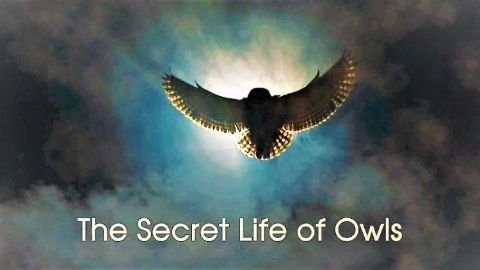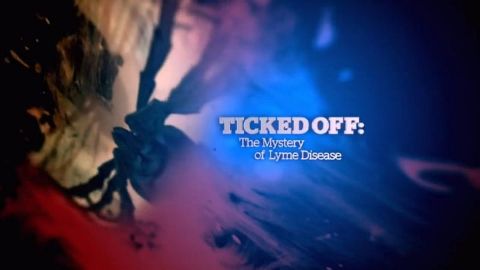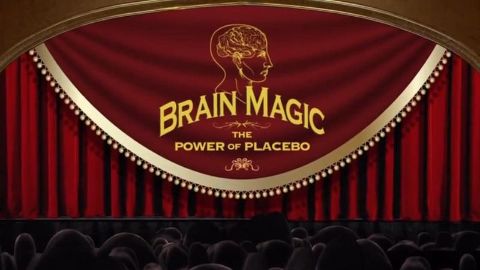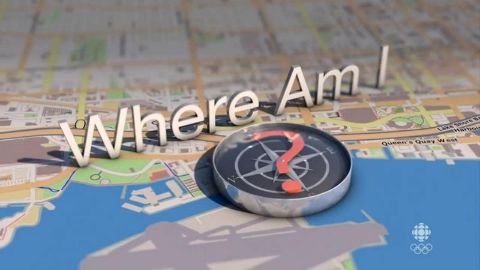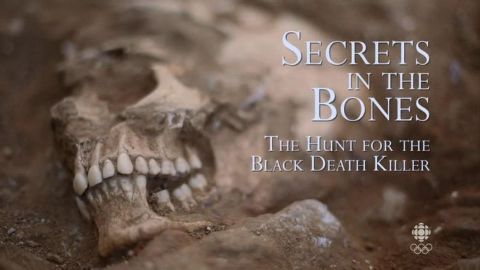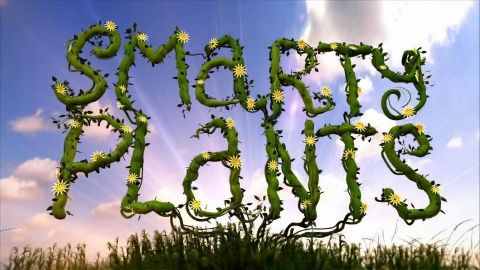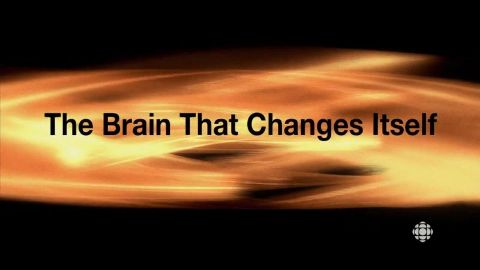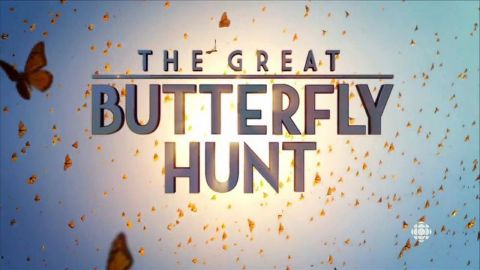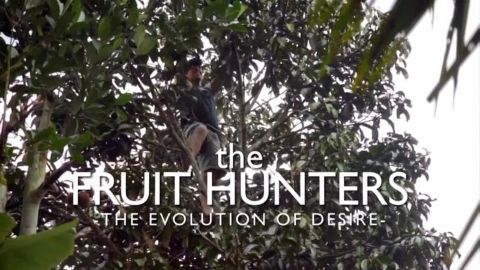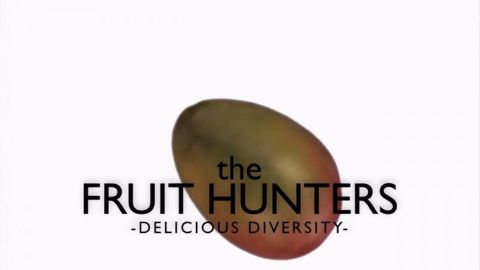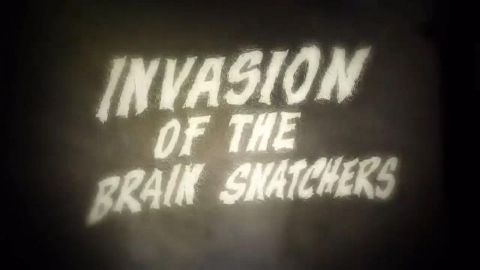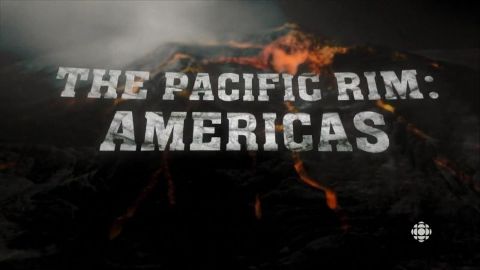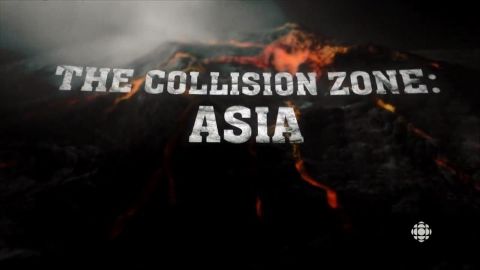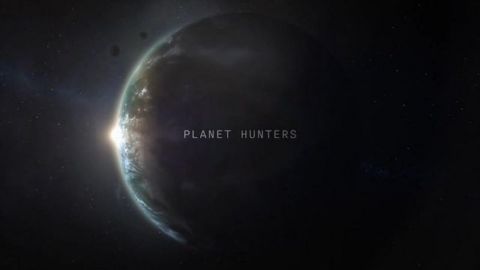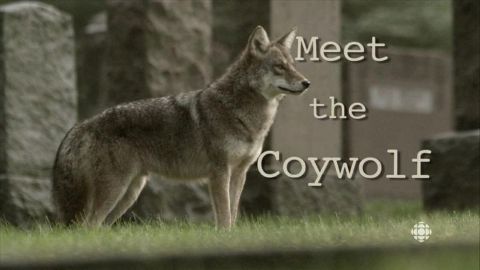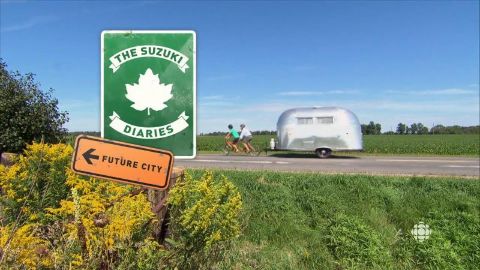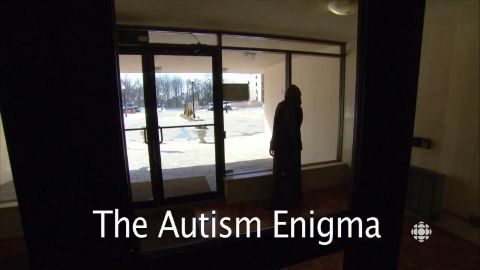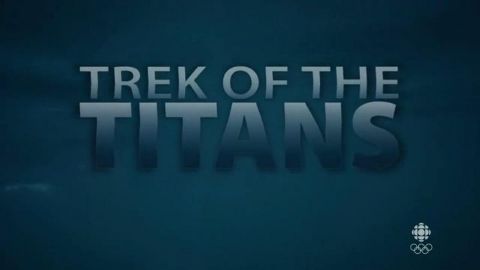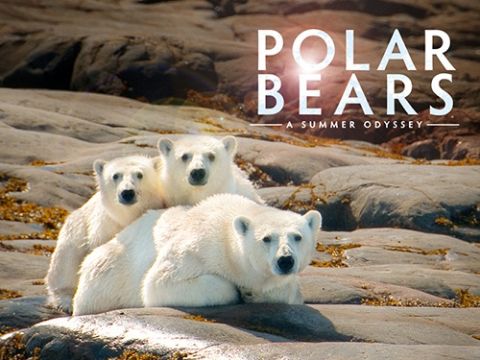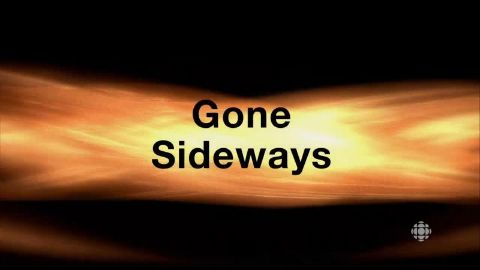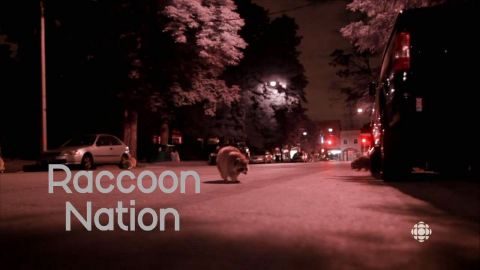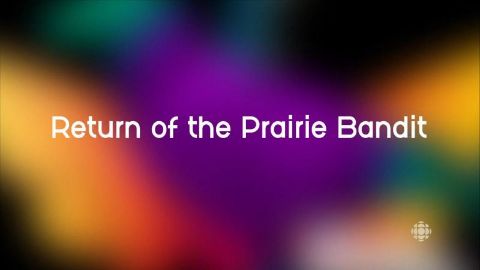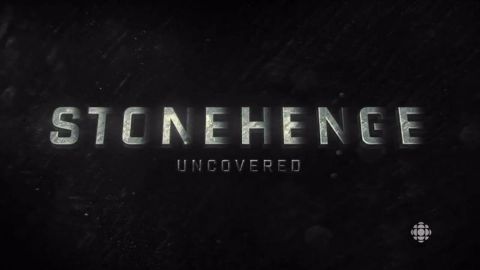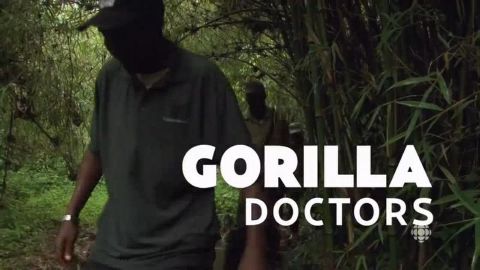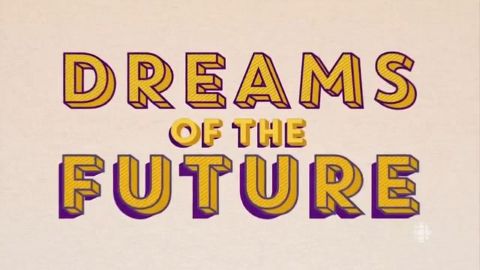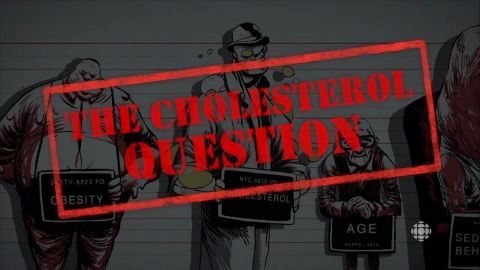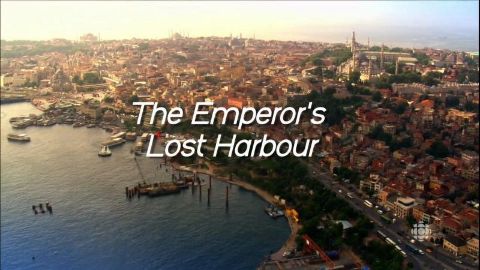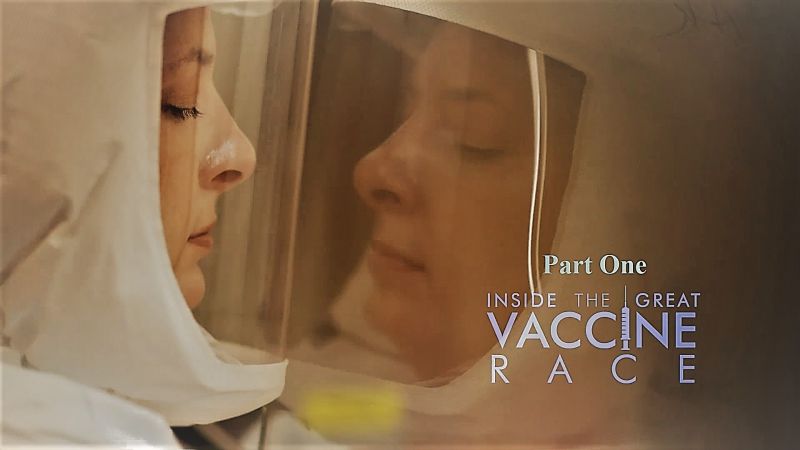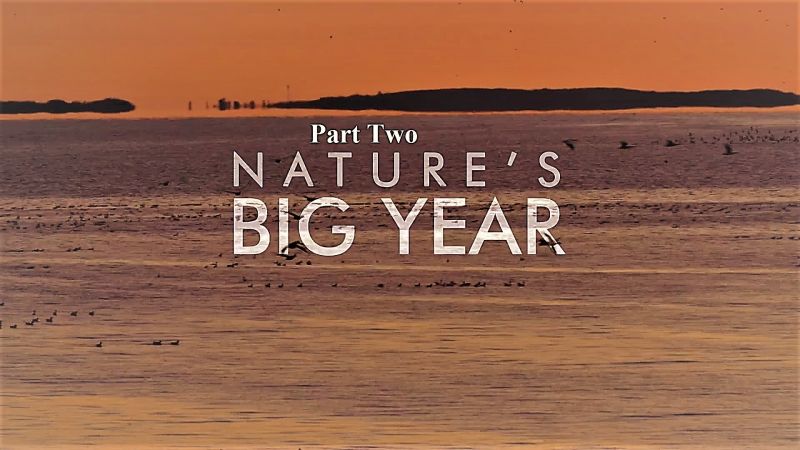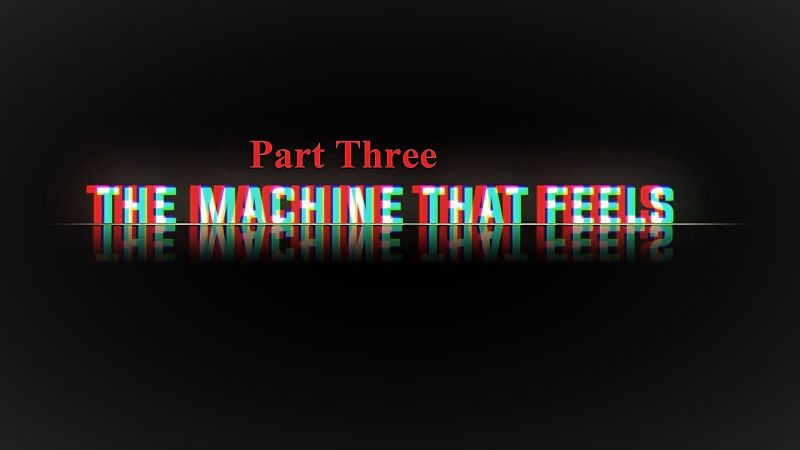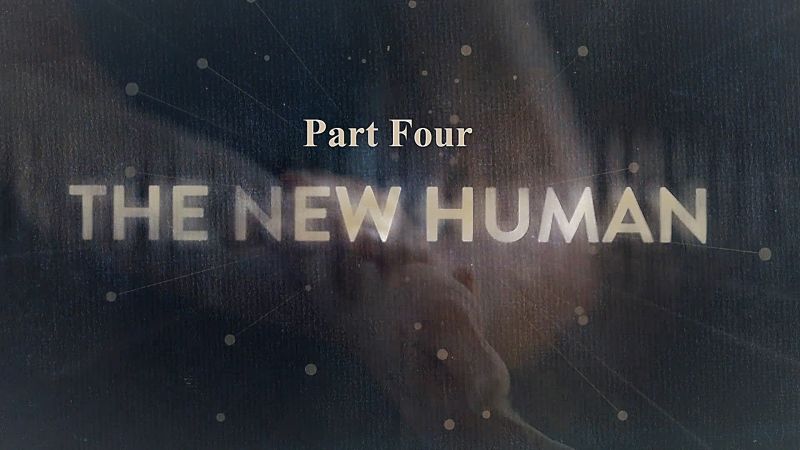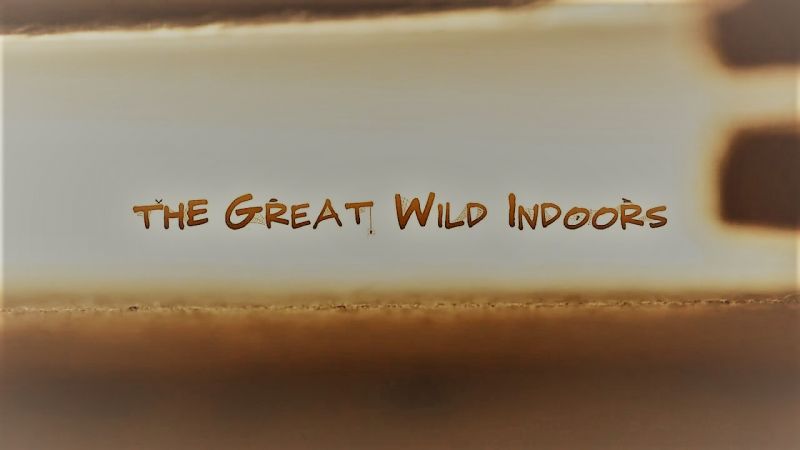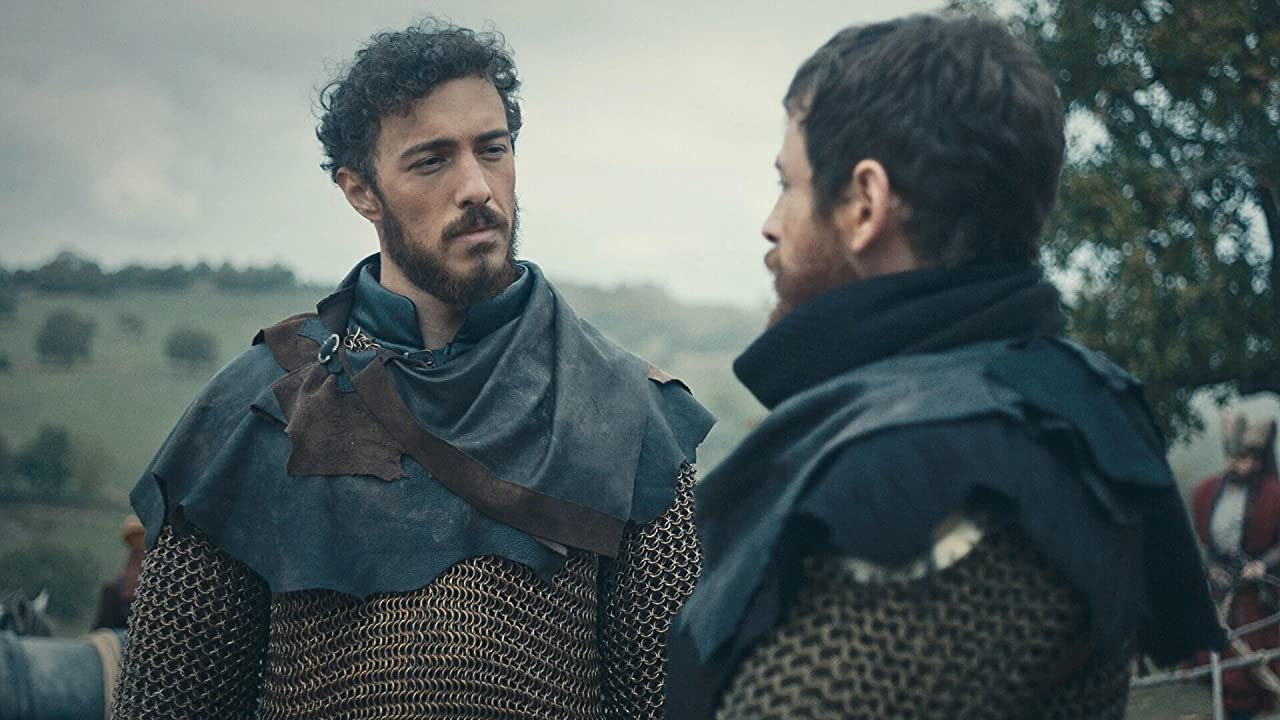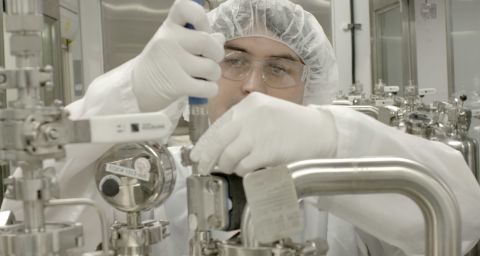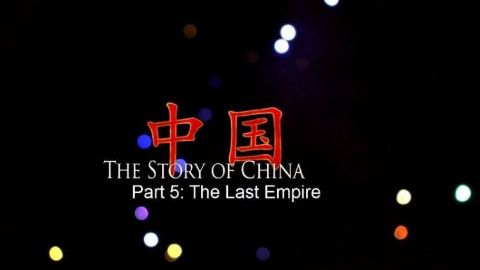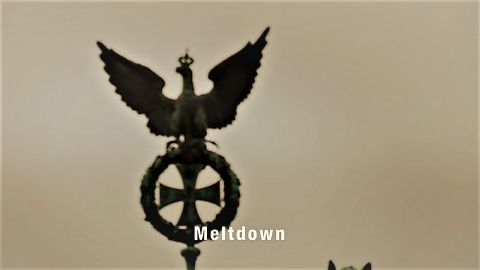The Emperor's Lost Harbour • 2011 • episode "S51E05" • The Nature of Things
In the heart of a metropolitan city of 15 million people and among the construction of a new billion-dollar transportation network, an archaeological sensation has been discovered: the ancient harbour of Theodosious. Theodosious was the last ruler over both Eastern and Western portions of a unified Roman Empire; the harbour has been buried and shrouded in mystery for over 800 years…until now. Istanbul, Turkey, is situated exactly between Europe and Asia. It has, since prehistoric times, bridged the gap between these continents, their cultures and its people. Engineers are working to connect East to West through a spectacular 1.4 kilometer railway tunnel, 60 meters below the surface, but they've been stalled by the discovery of the Emperor's Lost Harbor.
Make a donation
Buy a brother a hot coffee? Or a cold beer?
Hope you're finding these documentaries fascinating and eye-opening. It's just me, working hard behind the scenes to bring you this enriching content.
Running and maintaining a website like this takes time and resources. That's why I'm reaching out to you. If you appreciate what I do and would like to support my efforts, would you consider "buying me a coffee"?
Donation addresses
BTC: bc1q8ldskxh4x9qnddhcrgcun8rtvddeldm2a07r2v
ETH: 0x5CCAAA1afc5c5D814129d99277dDb5A979672116
With your donation through , you can show your appreciation and help me keep this project going. Every contribution, no matter how small, makes a significant impact. It goes directly towards covering server costs.
